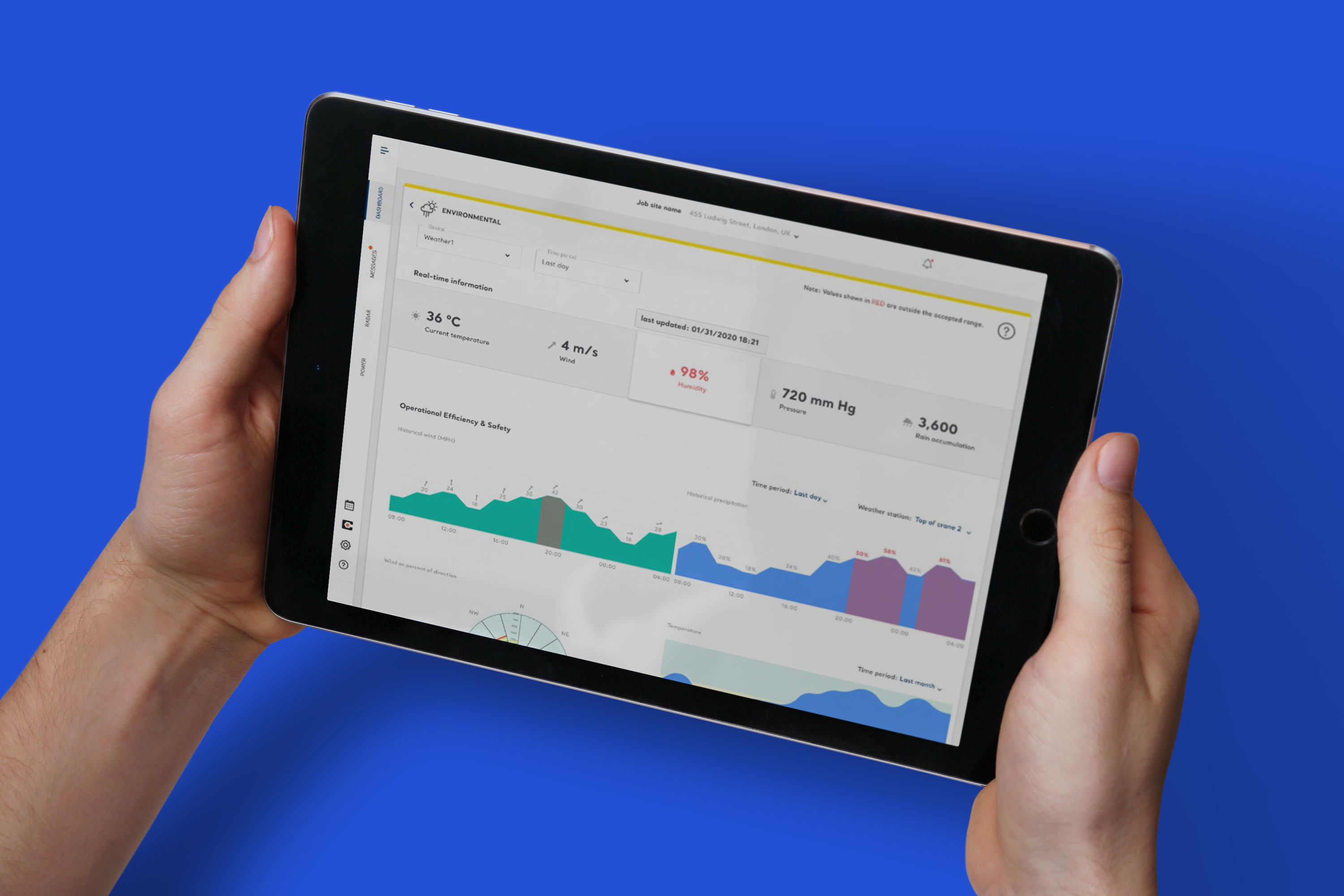
Harnessing Technology to Lower Pollution
Climate change is without a doubt one of the most pressing issues of our time. There is a widespread consensus that we must act quickly to reduce carbon dioxide emissions by 2050 if we are to avoid the worst effects of it.
Climate change has also caused businesses to become increasingly concerned, and many are seeking ways to lessen their environmental impact. Customers will also value a brand that is truly committed to the green agenda, and reducing energy use means saving money for the company.
But what is really sustainability and how can tech help with it?
Sustainability entails addressing our own demands without jeopardizing future generations’ ability to meet their own. We require social and economic resources in addition to natural resources.
More and more businesses and investors are seeing sustainability as a strategic issue with major commercial risks and potential. However, few organizations have had organizational structures designed to tackle sustainability as a critical business issue. Rather, sustainability efforts and the organizations that support them have primarily concentrated on investor relations, public relations, and corporate social responsibility. But a way to really make a change is using technology, especially software.
Nonrenewable energy sources are monitored, operational expenses are reduced, regulatory compliance is ensured, and harmful manufacturing byproducts are minimized using sustainability management software. Executives must lead the way in establishing a sustainable organization that is fit for their mission as sustainability becomes more of a strategic and operational requirement.
Software can have its own carbon emissions, but let’s try and turn our attention instead to some of the ideas to help reduce the other 98% (typically) of the organizations’ carbon footprint with the help of the software.
How to measure and report carbon emissions with the use of a software solution?
If you have to calculate your carbon footprint, you’re probably doing so with the help of technology. As a result, business intelligence systems, company intranets, and ‘dashboard’ displays, all play a role in assisting businesses in addressing the issue.

Software teams, such as Ontegra can build and create from scratch software like “Dashboard” to assess the impact of various business actions and gain insights for “carbon management.” The construction industry, for example, consumes a huge amount of raw materials and natural resources and produces around 39% of global carbon emissions. Our team created a solution that digitized our knowledge of resource efficiency and included capabilities for calculating GHG emissions and tracking initiative progress of the construction company.
Also, utility companies can use performance management systems. For example, a wastewater treatment plant can greatly reduce the amount of energy used harnessing the data from that system.
For the transport industry, we can deploy a software scheduling application and always keen on assisting the firm in becoming more environmentally friendly. By managing more efficiently the entire fleet and supply chain, companies can reduce unnecessary lorry trips, thus reducing the carbon footprint.
The advantages of becoming a sustainable business
Becoming a sustainable business can become an important brand differentiator and increase brand loyalty from like-minded customers. It can also increase productivity and reduce costs. Sustainable business methods provide for more effective operations that streamline efforts and conserve resources, resulting in increased employee productivity and cost savings. By incorporating sustainability into your organization, you will be better positioned to satisfy changing standards and regulations in time. These initiatives with a bigger overall impact will almost certainly be more expensive to implement, but the long-term benefits will be worth it.
Corporate leaders not only have to include sustainability in their reporting but also embrace digitalization to meet or even exceed their set targets. Without the right technology and tools, leaders are often left without a clear path to their sustainability goals.
Fortunately, this is not a journey they need to tackle alone. We can help with automated data collection, advanced visualization and analysis tools to simplify management and reporting, and of course, scalable and configurable technology that improves performance towards sustainability goals.
Monitoring and lowering carbon emissions can be obtained through digital, smart solutions. Here at Ontegra, we’re investing in developing truly efficient solutions for businesses that want to take their sustainability efforts to the next level.